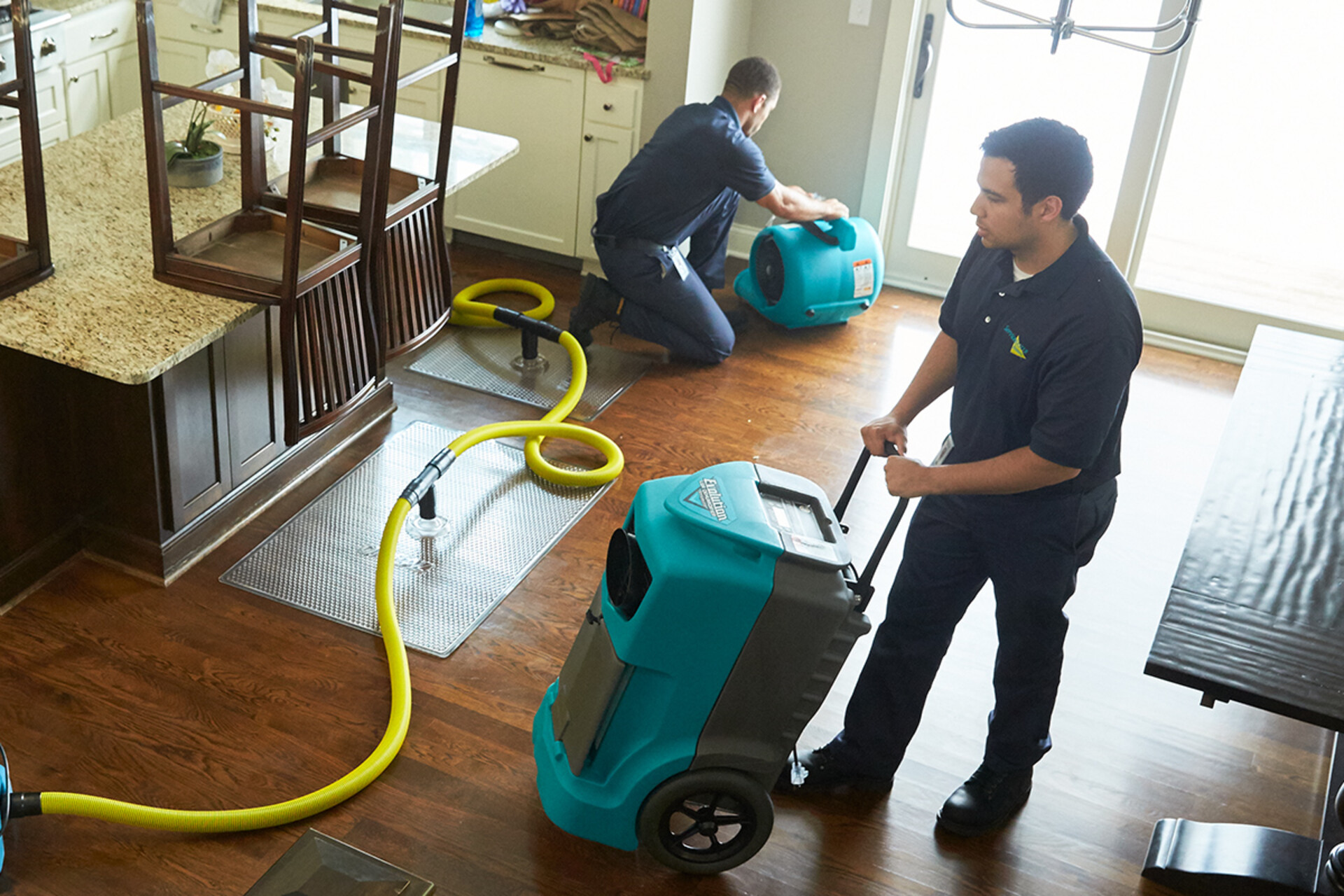Water damage can strike unexpectedly, whether from heavy storms, plumbing failures, or roof leaks. In Dallas, where weather extremes are not uncommon, homeowners often face unique challenges when it comes to water damage restoration. Recognizing early signs, acting promptly, and working with trusted professionals are key to mitigating costly repairs and long-term damage.
If your home or business has been affected by water damage, it’s essential to seek professional help right away. This is where water damage restoration Dallas experts come into play, offering timely solutions to prevent further structural issues and mold growth.
Common Causes of Water Damage in Dallas Homes
Dallas homes are susceptible to water damage for several reasons, many of which are seasonal or regional in nature. Below are the most common sources:
1. Flash Flooding
Dallas lies in a flood-prone region, especially during spring and fall. Flash flooding can easily overwhelm drainage systems, causing water to seep into basements and crawlspaces.
2. Leaky or Burst Pipes
Old, corroded plumbing systems are a hidden risk. A small leak may go unnoticed for weeks but can eventually cause major structural damage.
3. HVAC System Malfunctions
Improperly maintained air conditioners or heaters can result in condensation buildup, leading to water pooling in attics or wall cavities.
4. Roof Damage
Hailstorms and strong winds often lead to damaged shingles or cracked flashing, allowing rainwater to penetrate the structure.
Why Immediate Restoration Matters
When water damage occurs, time is not on your side. The longer moisture sits in a structure, the more difficult and costly it becomes to remove. Here’s why quick restoration is crucial:
- Mold Growth: Mold begins growing within 24 to 48 hours of moisture exposure.
- Structural Damage: Prolonged water exposure weakens drywall, wood, and insulation.
- Electrical Hazards: Water that enters electrical systems poses fire and electrocution risks.
- Decreased Property Value: A home with visible water damage or mold can lose resale value significantly.
Step-by-Step Process of Professional Water Damage Restoration
Understanding the professional restoration process can help you know what to expect. Here are the standard steps involved:
1. Inspection & Assessment
A team will inspect the property and classify the level of water damage. This helps determine the tools and strategies required.
2. Water Removal
Using industrial-grade vacuums and pumps, the standing water is removed from the premises to prevent further saturation.
3. Drying & Dehumidification
High-powered air movers and dehumidifiers are deployed to remove residual moisture from walls, floors, and furniture.
4. Cleaning & Sanitizing
Affected surfaces are cleaned using antimicrobial agents to prevent mold and bacterial growth.
5. Restoration
This final phase includes repairing drywall, replacing carpets, and repainting — essentially restoring your home to its pre-damage condition.
Mold: The Hidden Threat After Water Damage
Even after water is removed, mold can continue to be a risk if the area is not dried completely. Mold not only damages property but can cause respiratory issues, allergic reactions, and worsen asthma. Mold remediation often becomes a necessary part of the water damage restoration process if not addressed quickly.
Tips to reduce the risk of mold after a water incident include:
- Running dehumidifiers for several days
- Removing and disposing of water-logged materials
- Using HEPA-filtered vacuums to clean affected areas
- Conducting air quality tests post-restoration
The Role of Insurance in Water Damage Restoration
Many homeowners wonder whether their insurance covers water damage. The answer varies depending on the source:
- Covered: Sudden and accidental pipe bursts, roof leaks due to storm damage.
- Not Covered: Gradual leaks, flooding (without separate flood insurance).
Be sure to document the damage with photos and retain receipts for any expenses incurred. Promptly filing a claim will help expedite the approval and reimbursement process.
Preventative Measures Every Dallas Homeowner Should Take
While not all water damage is avoidable, homeowners can take several preventative steps:
✅ Regular Roof Inspections
Check your roof twice a year for missing shingles or weak flashing, especially after a storm.
✅ Install a Sump Pump
Homes with basements can benefit from a sump pump to redirect floodwater away from the foundation.
✅ Maintain Gutters and Downspouts
Ensure water is directed away from the home by keeping gutters free of debris.
✅ Know Your Shut-Off Valves
Familiarize yourself with water shut-off points to prevent water spread during plumbing failures.
Choosing the Right Restoration Partner
Not all restoration companies are created equal. When seeking help, look for:
- Certified technicians (IICRC-certified preferred)
- 24/7 emergency response
- Local experience with Dallas-specific water issues
- Clear estimates and warranties
One trusted restoration company North Richland Hills has earned a solid reputation for timely, expert service across Dallas and surrounding areas. Working with a reliable partner can significantly ease the stress of recovery and ensure the work is done right the first time.
Final Thoughts
Water damage in Dallas can stem from many sources — some predictable, others entirely unexpected. Understanding what causes it, how to respond, and who to call for help can mean the difference between a quick fix and a long-term problem. By taking proactive measures and knowing when to bring in professionals, homeowners can minimize damage and preserve their home’s safety and value.



